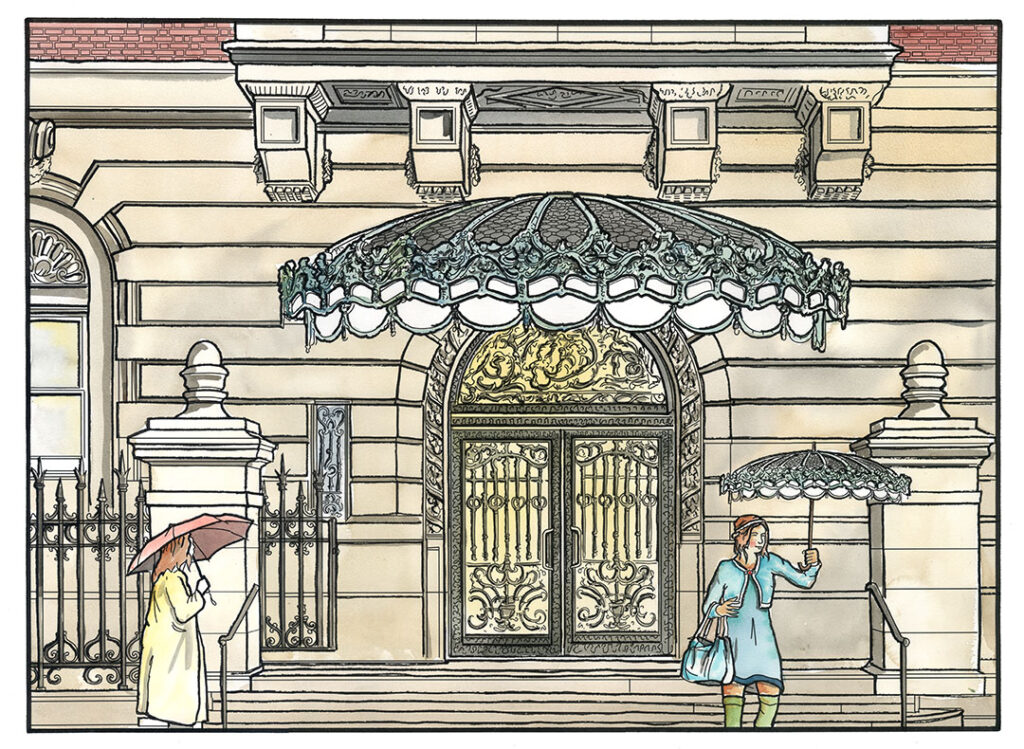
Cooper Hewitt Museum - New York
Nestled in the Upper East Side of New York City, the Cooper Hewitt, Smithsonian Design Museum stands as a testament to creativity, innovation, and design excellence. Among its many architectural marvels, the cast iron entrance on 91st Street is a prominent feature that captivates visitors and symbolizes the museum's rich history and commitment to the world of design.
Constructed in the late 19th century, the cast iron entrance serves as a gateway to the museum's past. This architectural gem was originally designed by Andrew Carnegie as the residence of industrialist and philanthropist Andrew Carnegie himself. Its intricate design and sturdy construction are characteristic of the era's architectural style, reflecting the grandeur and opulence of the Gilded Age.
What makes the cast iron entrance truly remarkable is its exquisite craftsmanship and attention to detail. Each element, from the ornate scrollwork to the elaborate motifs, showcases the skill and artistry of the craftsmen who meticulously crafted it. The intricate patterns and delicate curves of the cast iron are a testament to the mastery of the artisans who brought Carnegie's vision to life.
Beyond its aesthetic appeal, the cast iron entrance holds profound symbolism for the Cooper Hewitt, Smithsonian Design Museum. As visitors pass through its gates, they are not only entering a physical space but also embarking on a journey through the world of design. The entrance serves as a metaphorical threshold, inviting guests to explore the museum's vast collection and engage with the diverse array of design disciplines housed within its walls.
Over the years, the cast iron entrance has weathered the test of time, bearing witness to the evolving landscape of New York City. Despite the passage of time, the museum has remained committed to preserving and restoring this architectural treasure. Through meticulous conservation efforts, including cleaning, repair, and restoration, the museum ensures that the cast iron entrance retains its original splendor for generations to come.
More than just a portal, the cast iron entrance serves as a gateway to inspiration and creativity. For designers, artists, and enthusiasts alike, it embodies the spirit of innovation and the power of design to shape our world. As visitors cross its threshold, they are inspired to explore, create, and imagine new possibilities, guided by the museum's mission to celebrate and promote the transformative power of design.
In conclusion, the cast iron entrance of the Cooper Hewitt, Smithsonian Design Museum is more than just a piece of architecture; it is a symbol of creativity, ingenuity, and human achievement. From its rich history to its exquisite craftsmanship, this iconic entrance invites visitors to embark on a journey through the world of design, inspiring curiosity, sparking imagination, and fostering a deeper appreciation for the art of creation. As the museum continues to evolve and grow, the cast iron entrance will remain a timeless emblem of its enduring legacy and commitment to the pursuit of design excellence.